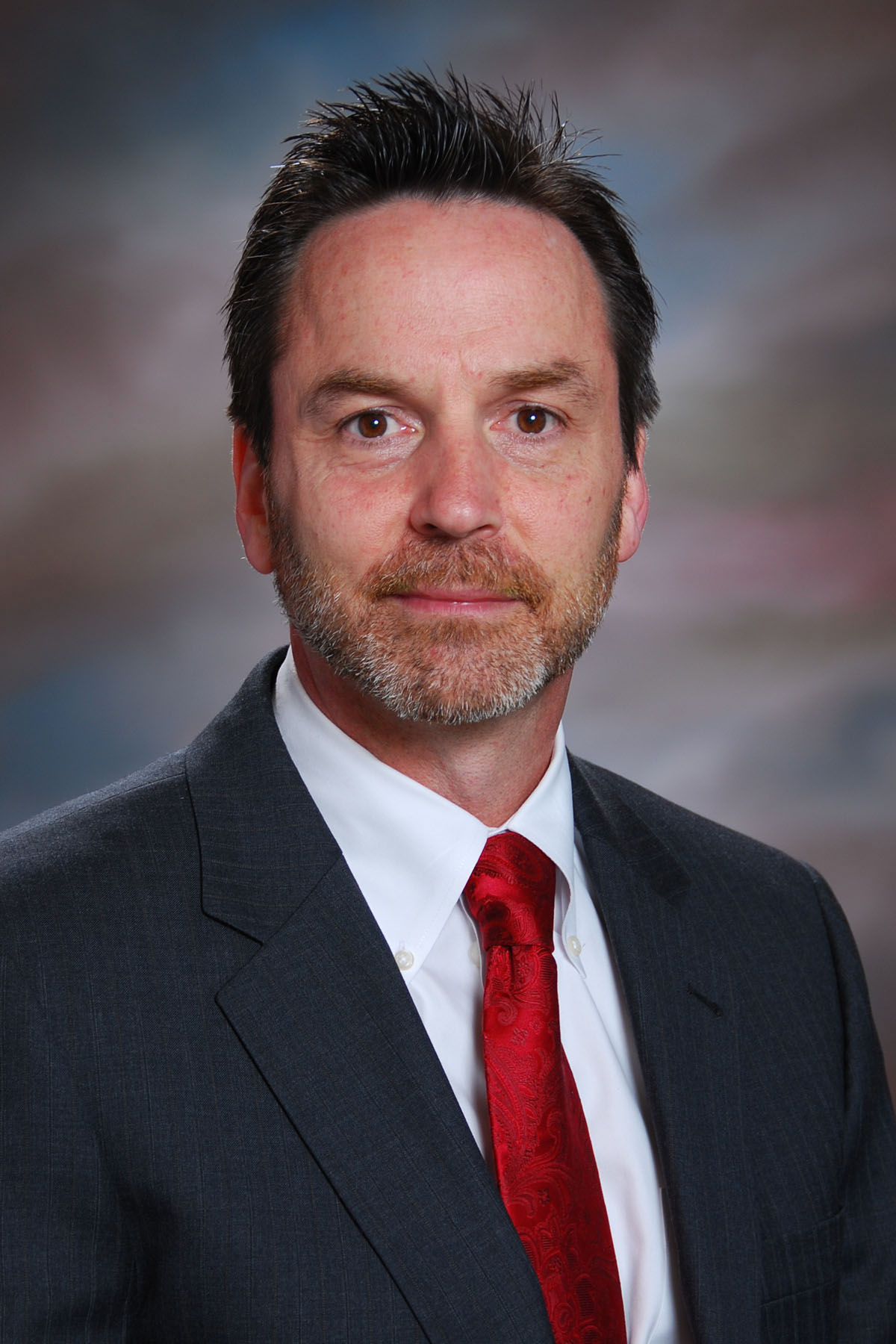Emergency Department Earns Excellence through Insight Award

Jim Owen, MS, BSN, RNJanuary 17, 2011 –TriHealth’s Good Samaritan Hospital emergency room patients and families are seeing changes. In addition to a renovated waiting room and patient area, the entire way the Emergency Department team sees emergency patients has changed and the results are award-winning.
A new physician-led triage system has significantly decreased the amount of time it takes for patients to receive care. The average wait time for an emergency room patient is now just eight minutes. As a result, Good Samaritan Hospital has been recognized with an Excellence through Insight award for Most Improved Overall Emergency Department Satisfaction by Healthstream, Inc.
Good Samaritan Hospital was awarded the honor for its commitment to excellence in patient care.To qualify for the award, the hospital must have been a patient satisfaction-tracking client of HealthStream in 2011, scored in the 75th percentile or higher, and surveyed a minimum of 100 patients. Good Samaritan was chosen for receiving the highest ratings in Most Improved Overall Emergency Department Satisfaction.
“By moving to our new physician-led triage system, the Good Samaritan Hospital Emergency Department team has significantly reduced the amount of time our patients wait for care,” said Emergency Room Director, Jim Owen. “Through the collaborative efforts of our physicians, nurses and other members of our healthcare team, our new triage process has significantly improved patient satisfaction and the quality of care we are able to provide our customers.”
A formal presentation of the award will be made during HealthStream’s customer Summit 2012, March 8, 2012 in Nashville, Tennessee. HealthStream is a leading provider of research and learning solutions for the healthcare industry, transforming insight into action to deliver outcomes-based results for healthcare organizations. Through HealthStream’s learning solutions – which have been contracted by over 2.6 million hospital-based healthcare professionals – healthcare organizations create safer environments for patients, increase clinical competencies of their workforces and facilitate the rapid transfer of the latest knowledge and technologies.